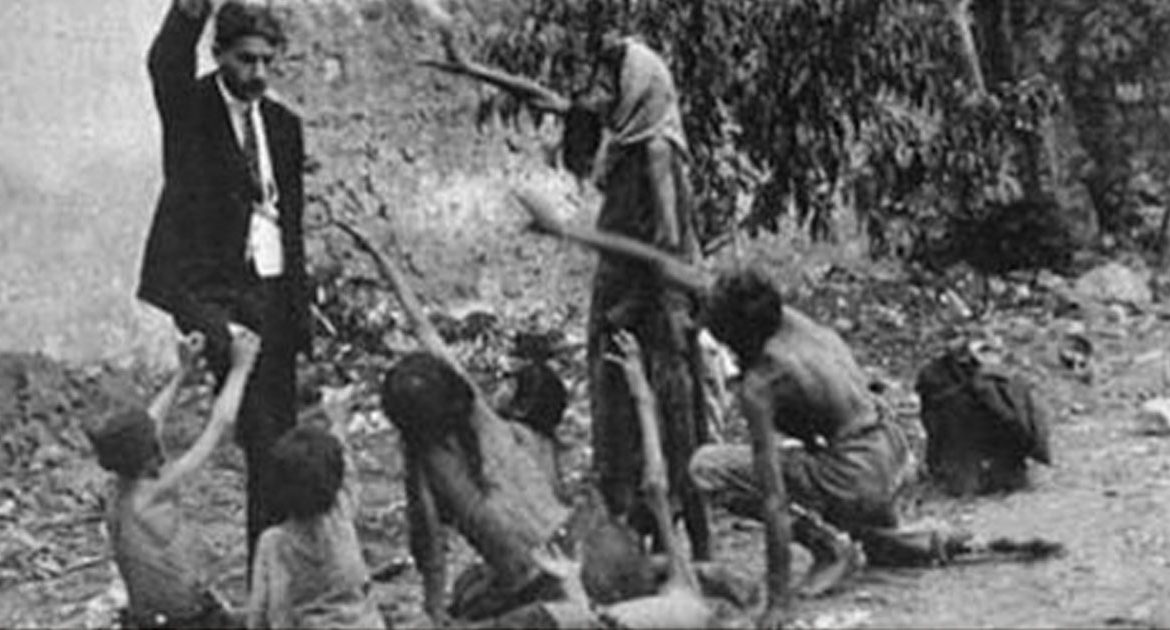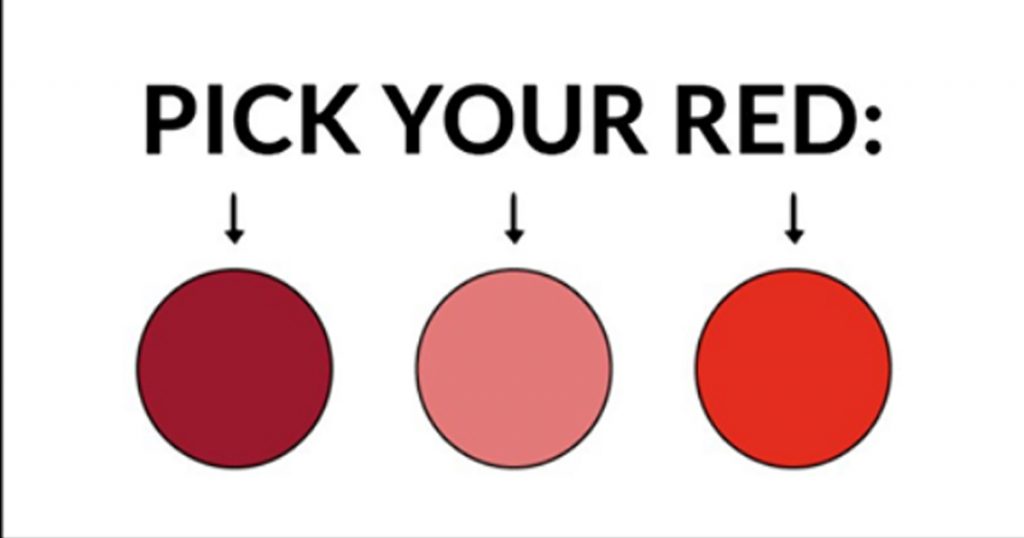This is the first genocide of the 20th century, when Turkey wiped out the people who lived in the shadow of Ararat for 3,500 years.
Turks have questioned the validity of this picture, because of the lack of evidence that could guarantee the time and place where the photograph was taken. Neither Armenians managed to answer to all those questions, but indications show that the picture represents a Turkish dignitary sadistically showing a piece of bread to the bony Armenian children. At least, that’s what’s written on the back side of one of the picture’s copies. The only thing that’s sure is that the picture is not a product of technical treatment, as Turks claim. Someone could find copies of this picture in USA’s Universities and Libraries, so it couldn’t be just a propaganda. Besides, there are hundred of photos that prove what Turks did to Armenians in the beginning of last century. Let’s remember — or, most of us, learn — what happened in the territory of the Ottoman Empire, before Turkey, as we know it today, was created
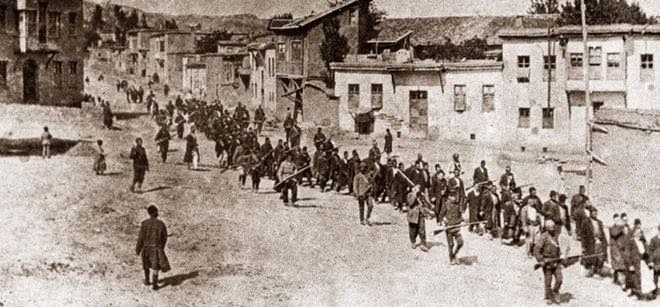
Armenians hadn’t had a homeland for centuries. The territories of their ancestors belonged to the Ottoman and Persian Empire. In 1828, Russia occupied the land that was under the Persian Empire (the east and smaller part). The rest of the land still belonged to the Ottoman Empire.
After the war between Russians and Turks ended in 1878, Russia asked for reforms in favor of the Armenians. Armenians who lived in Istanbul, at first benefited from these reforms, known as Tanzimat. However, these privileges were still unknown for Armenians of the East, who were still under the Turkish yoke. On the other hand, Ottoman Empire had already lost most of its land in the Balkans and it feared that it would also lose west Armenia. So, a new perception arose in state affairs; a perception that could solve the Armenian Issue by wiping out Armanians entirely!
In the years of the sultan Abdul Hamid, massacres were a regular phenomenon. After Young Turks took over, the genocide began. It lasted from 1915 until 1917. Young Turks believed that by killing all Armenians, they could ensure the homogeneity of the Empire’s population and that Turkification could spread everywhere. 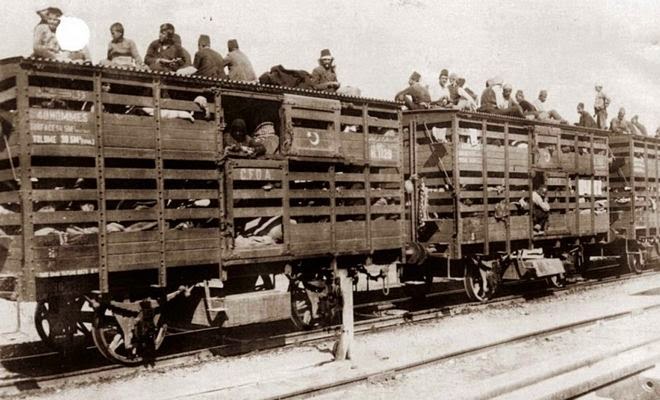
During this period of time, the Armenian Patriarchate of Constantinople had estimated the Armenian population of Turkey in 2,100,000 people. Three members of the government, Mehmed Talaat, interior minister in 1915 and prime minister in 1917, Ismail Enver, minister of war and Ahmet Cemal, military commander in Syria, used to control the government and instruct the genocide. Commands sent to the governors for the uprooting of Armenians had their signatures upon them. 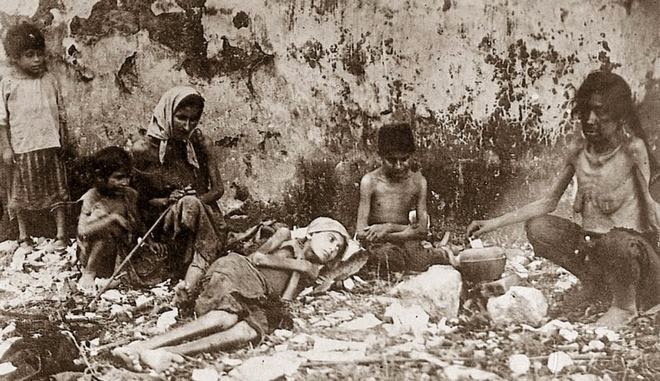
In 1915, on the 12th of February, Armenian public servants were fired. The Turkish authorities ordered the immediate demobilization and disarmament of Armenian soldiers. On 25 February 1915, Enver Pasha sent an order to all military units that Armenians in the active Ottoman forces be demobilized and assigned to the unarmed Labour battalion.
On the night of 23–24 April 1915, known as Red Sunday, the Ottoman government rounded up and imprisoned an estimated 250 Armenian intellectuals and community leaders of the Ottoman capital, Constantinople, and later those in other centers, who were moved to two holding centers near Ankara. This date coincided with Allied troop landings at Gallipoli after unsuccessful Allied naval attempts to break through the Dardanelles to Constantinople in February and March 1915.
Following the passage of Tehcir Law on 29 May 1915, the Armenian leaders, except for the few who were able to return to Constantinople, were gradually deported and assassinated. The date April 24 is commemorated as Genocide Remembrance Day by Armenians around the world.
